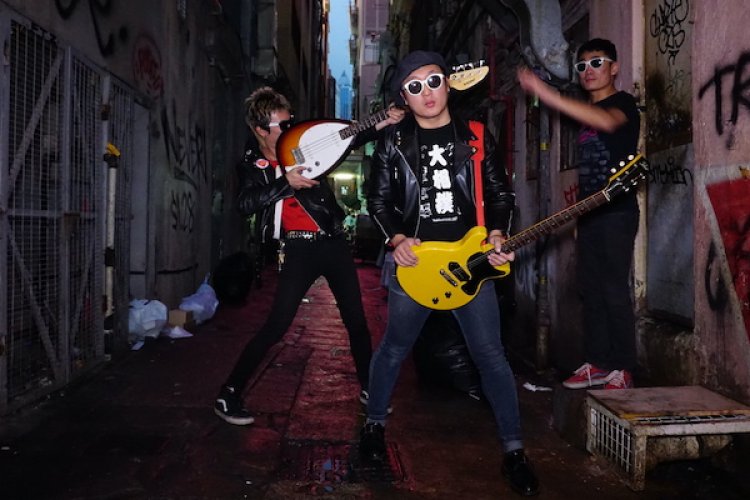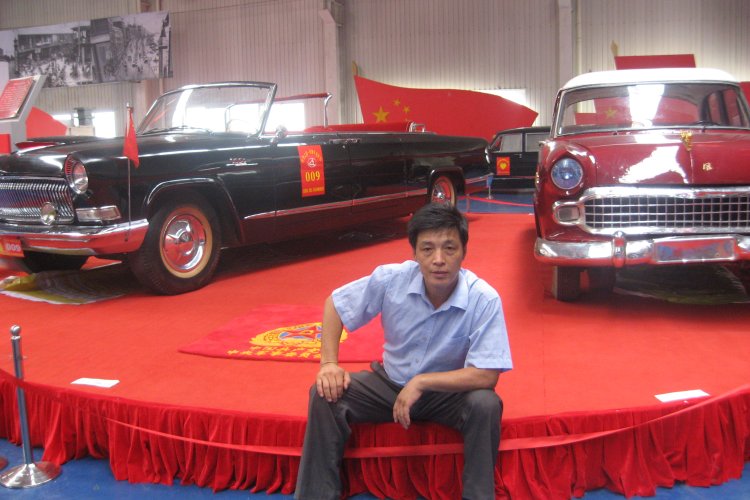The Art of War
Like its literary namesake, Beijing’s homegrown mixed martial arts (MMA) organization The Art of War embodies the principles of “skill, strength and strategy” – all keys to a fighter’s success. For the past five years, brothers Conrad and Andy Pi have employed some of these very same principles in their relentless drive to promote this rapidly growing sport, which uses a broad range of unarmed fighting styles, in China. We spoke with Conrad about the triumphs, challenges and future prospects involved in their work to promote MMA in the birthplace of many of today’s major martial arts.
How did you come to Beijing? What’s your background?
My brother Andy and I were born in China. My family is originally from Zibo, in Shandong province. We moved to the United States for school when we were young and came back in the early 1990s, settling in Beijing where the majority of our relatives live today.
Do you have any grounding in MMA yourself?
Yes, we have both practiced martial arts since we were kids – we studied tae kwon do, kickboxing and karate at different points in our lives. It wasn’t until our early twenties that we started practicing Brazilian jiujitsu. My brother is a brown belt and I am a blue belt. Andy has fought in amateur MMA events in the past, though I have never competed in MMA in any notable capacity.
How has MMA developed in China? What are its prospects? Are you working with any similar organizations?
My brother and I were the first ones to promote professional MMA events in China. Since then, the sport has grown slowly, but is now growing faster and faster every year. We believe there is a huge future for MMA in China because the martial arts are considered China’s national sport – it’s our baseball. We do not have any official partnership with other organizations like MMABeijing, however, we know the coach, Laurent, very well and he is a good friend. We support any organization trying to grow the MMA industry here in China.
Where are Art of War bouts usually held? How can readers get tickets?
In the past, our bouts were held in a sound stage used by CCTV and Beijing TV to produce TV programs. Recently, we have moved up to larger venues such as Chaoyang Sports Gymnasium, and our next event on May 23rd will be held in the Beijing National Olympic Center Auditorium.
What kinds of styles do Chinese fighters mostly rely on?
The main style is Sanda [a Chinese style of kickboxing rooted in wushu], because it already incorporates the main techniques used in MMA, punches, kicks and throws.
Who are the most exciting fighters in the organization at the moment?
The most exciting fighters in our organization at the moment are Dai Shuanghai, Wu Haotian and Vaughn Anderson. There are several other fighters that we are developing right now and they will be preparing to make their debuts later this year.
How do Art of War rules differ from other MMA federations?
In Art of War, our rule set is more representative of real martial arts combat. We allow all the rules Pride FC & Spirit MC do (i.e. knees to grounded opponent, four-point attack, stomps) and all the rules the UFC allows (elbows). Therefore, we consider our rules as the actual “Unified Rules” set. These rules make for a more realistic match because they favor neither the striker nor grappler.
What broadcasting deals does The Art of War currently have?
We currently broadcast our events live online through SOHU Sports. Our events are also broadcasted every Sunday from 12.40 to 1.30pm on Inner Mongolia Satellite Station (NMTV). We are also currently in talks with other very strong broadcasting companies both here and abroad.
What’s the most amazing Art of War bout you have witnessed to date?
One of our greatest matches was in the last event, Art of War 11 on March 28, 2009 – Wu Haotian of China versus Andreas Hesselback of Sweden. Hesselback was almost eight kilograms heavier than Wu coming into the fight. But at the start of the fight, Wu rocked Hesselback with a huge right hand that almost floored him.
What challenges do you see the Art of War facing in China?
I see us facing many challenges in the future. The first and foremost is the lack of a well-defined market for MMA. I would not like to speculate on other challenges we will possibly be facing because they are too numerous and my time and resources are better spent on facing the currently issues at hand: May 23rd.
What is the biggest/best achievement so far for the Art of War?
In my opinion, it would be staying in business over the past five years. We started this business when the sport wasn’t considered a “legal” sport. We went from this situation, to satellite TV broadcasts. I am happy with where we are at today, however, I am confident that we can achieve much, much more in the future.
Where do you see The Art of War in five years?
Hopefully, alongside the UFC in terms of brand recognition. They really have their act together.
Art of War 12 happens on May 23 at the
Beijing National Olympic Center Auditorium. For ticket information, contact The Art of War or visit any of the nine locations of O Zone Fitness Center, contact Ticket Master or visit mmachina.com.





